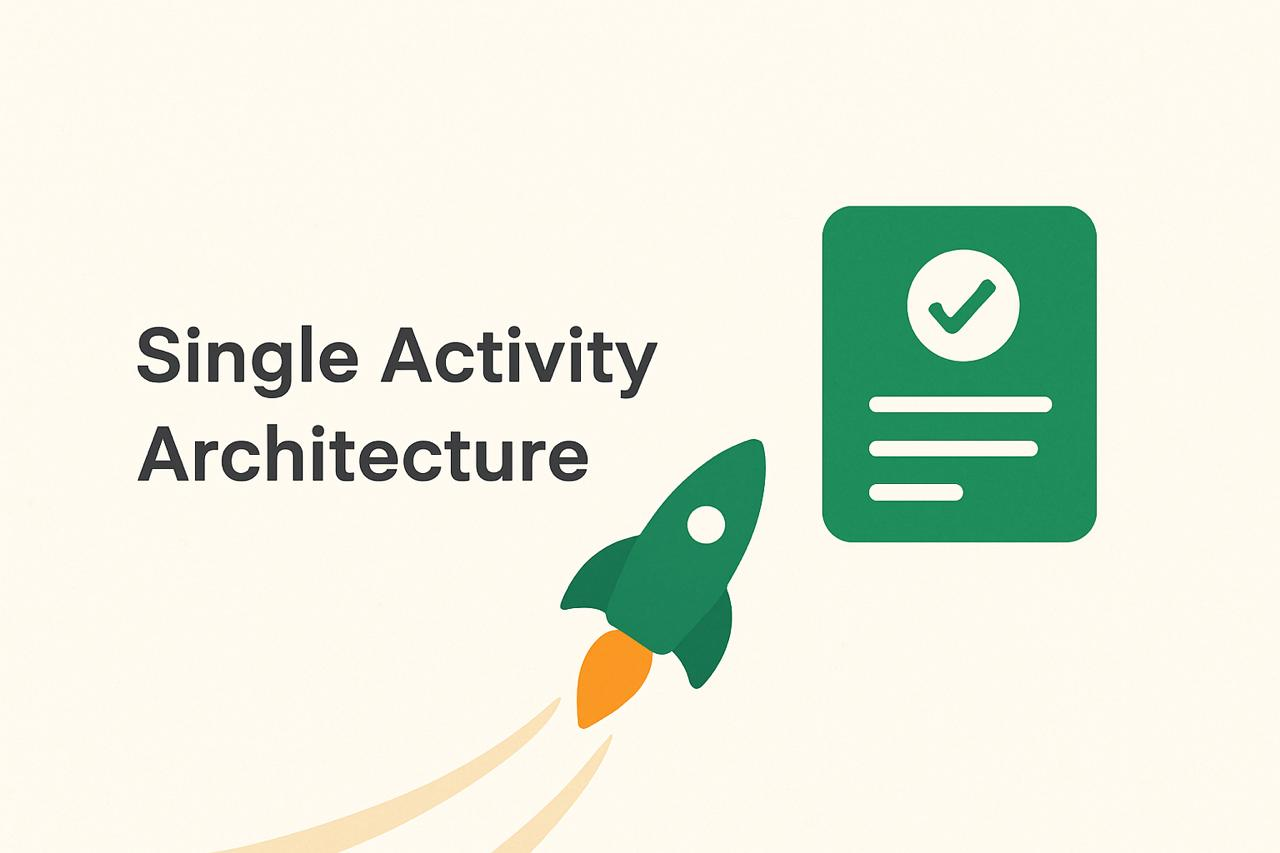How We Keep a 100% Crash-Free Rate at Indilingo
Author: Nitesh Ray | Date: November 19, 2025

I know how that headline sounds. Every time I mention our crash-free rate to other developers, I get the same look, like I'm either lying or measuring it wrong. But it's real. We actually maintain a 100% crash-free rate on Indilingo. And the reason has almost nothing to do with how good our developers are (though they're pretty damn good). It has everything to do with a single architectural choice we made early on.
Single Activity Architecture - Boring Choice, Massive Impact
I'm not going to waste your time explaining why Single Activity Architecture is better than juggling multiple activities. There are a hundred articles about that already, and honestly, if you're still using multi-activity architecture in 2025, this probably isn't the post for you.
What I want to talk about is something we didn't see coming: how this one decision just... eliminated crashes. Not reduced them. Eliminated them.
The Thing About Crashes
Most crashes in Android apps don't come from bugs in your actual logic. They come from all the weird stuff that happens at the edges. The activity lifecycle gets messy. Navigation stacks get confused. Configuration changes destroy everything and you lose state. Some intent doesn't serialize properly. An activity reference leaks memory and boom.
With Single Activity? Most of that stuff just doesn't happen.
You're not passing bundles between Activity A and Activity B where B is somehow in a state you didn't anticipate. You're not maintaining multiple back stacks that get corrupted. You're not recreating several activities when someone rotates their phone.
It's not that we're geniuses who figured out how to handle all those edge cases. The edge cases just... don't exist anymore.
We're Kind of Lazy (In a Good Way)
Here's our philosophy: if you can design away a problem, do that instead of trying to solve it.
You can write tests until you're blue in the face. You can have the best code review process in the world. But if your architecture creates opportunities for things to go wrong, they will go wrong. Every time.
Single Activity doesn't just make crashes less common - it makes entire categories of crashes impossible. And that's far better than being good at fixing crashes.
What Does 100% Even Mean?
Just to be clear, this isn't marketing fluff. We're using standard crash reporting. Every user, every session, across all devices. We're not catching exceptions and pretending they didn't happen or doing weird stuff to game the metrics.
The crashes just... aren't there.
The Best Part? We Ship Faster
You know what we don't do? Spend Monday mornings in a war room analyzing why the app crashed for 0.3% of users over the weekend. We don't have engineers nervously watching dashboards after every release. Nobody gets paged at 2 AM about production issues.
All that saved time? It goes straight into building the product.
I can't overstate how much of a difference this makes. Stability isn't just good for users - it's jet fuel for productivity.
Architecture Isn't Boring, It's Destiny
I used to think architectural decisions were kind of academic. Something people argue about on Twitter but don't matter day-to-day.
I was wrong.
Your architecture determines what problems you'll spend the next two years dealing with. Pick the right one, and problems disappear. Pick the wrong one, and you're fighting the same battles forever.
Single Activity isn't magic. But it fundamentally changed our daily work. We stopped fighting infrastructure fires and started focusing on hard problems - like building AI tutors that actually help people learn languages.
Why It Matters for Us Specifically
Language learning is weird because it happens in these tiny pockets of time - on the subway, waiting for coffee, or in the five minutes before a meeting. Someone opens the app to practice vocabulary.
If it crashes? That moment is gone. Maybe they won't come back that day, or even that week.
So for us, that 100% isn't a vanity metric. It means we never interrupt learning. We never give users a reason to switch to Duolingo or Babbel oe whatever else is on their phone.
In our space, reliability is table stakes. But we took it off the table as a concern entirely.
Will It Last?
Honestly? Probably not forever. We're adding features, doing more complex stuff with AI, and scaling fast. Something will eventually slip through.
But here's the thing, we started from a place where stability is the default. So when something does break, it'll be a simple anomaly we can fix quickly- not a sign of deeper architectural rot.
And that makes all the difference.
Loved the Blog?
Take your language learning journey a step further.
Explore Indilingo - beautifully designed, easy to use, and built for Indian languages.